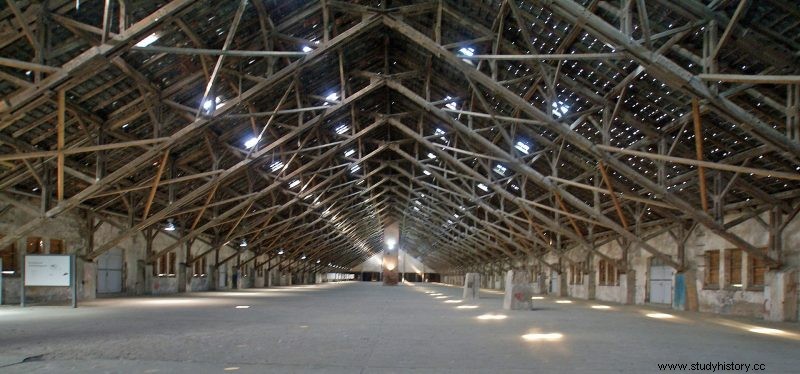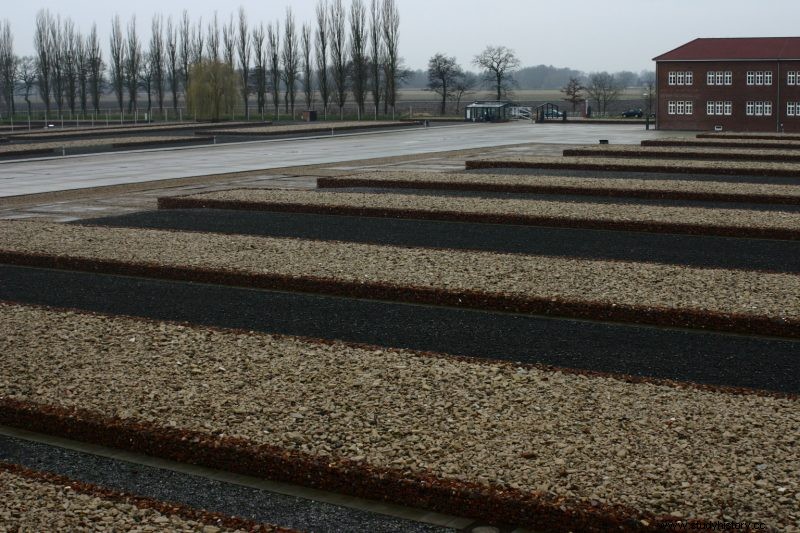South of the city of Hamburg, an outdoor concentration camp was established in 1938 at Sachsenhausen, the main camp located in Berlin, the capital of Nazi Germany. The Neuengamme camp would soon become independent. In 1940 Neuengamme became an independent camp. Until 1945 he managed to control up to 100 foreign camps and foreign forced labor commands. In its seven years of existence, up to 100,000 people passed through its facilities.

The workers of this great German concentration camp were employed in the manufacture of construction materials, in the cleaning of debris after the Allied bombing of the city or in the construction of anti-aircraft protection bunkers or in the defenses of the so-called Frisian Wall .
The working conditions were extremely harsh. Due to the strenuous work, lack of food and constant mistreatment, it is estimated that around 40,000 prisoners died in this camp, which places it among one of the highest mortality rates in the entire German Reich.

Mortality increased during the last weeks of the war. On the occasion of the express order of the Reichsführer of the SS Heinrich Himler, the field had to be emptied before the arrival of the allied troops. In compliance with the order, between April 20 and 26, 1945, 9,000 inmates were led in one of the so-called death marches in the direction of the port of Lübeck.
The plan was to load them onto several freighters and sink the ships on the high seas. Unlike what happened in other death marches carried out in different German concentration camps, those carried out in Neuengamme were successful. On May 3, 1945, the ships Cap Arcona, Thielbek and Athen, loaded with more than 7,000 prisoners, were hit by a British air attack, mistaking them for German warships. The prisoners of Neuengamme either drowned or died from the fire caused by the attack.
After the Second World War, the place was used as a refugee camp by the British until 1948. Later, part of it was used as a correctional facility by the Hamburg authorities, a function that it fulfilled until 1965.

Today the former space occupied by the Neuengamme concentration camp is a memorial museum that can be visited by the public. You can check the opening hours on the official website of the Neuengamme concentration camp.
How to get to the Neuengamme concentration camp
The Neuengamme concentration camp is located south of the city of Hamburg. The best way to get to the memorial is by private vehicle. However, it is possible to get there by public transport. To do this we must take the line S2/S21 to the station Bergedorf and from there take bus line 227 or 327.
